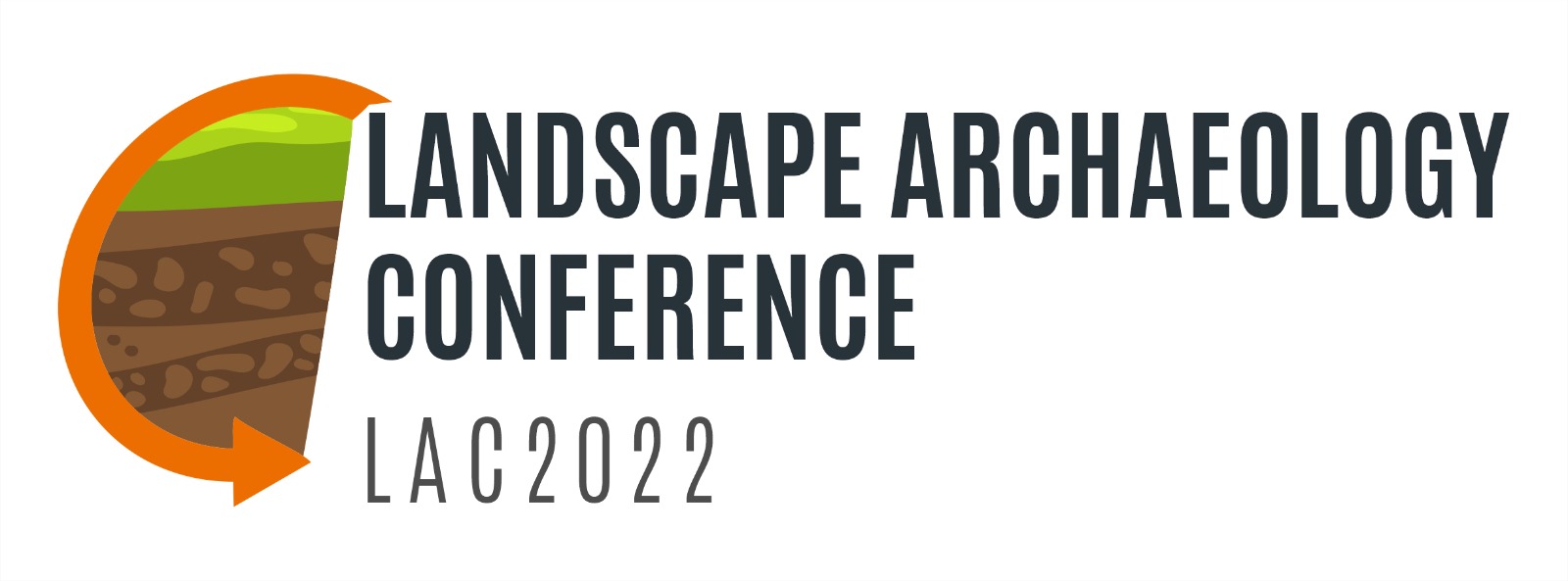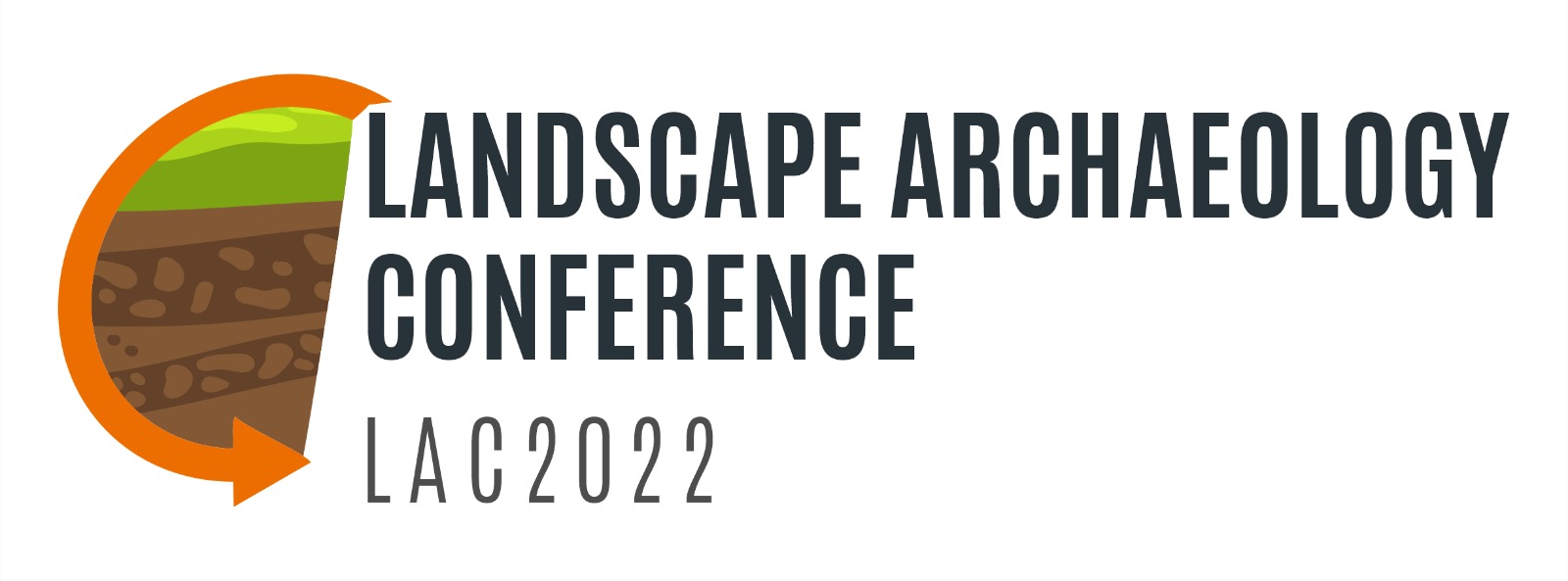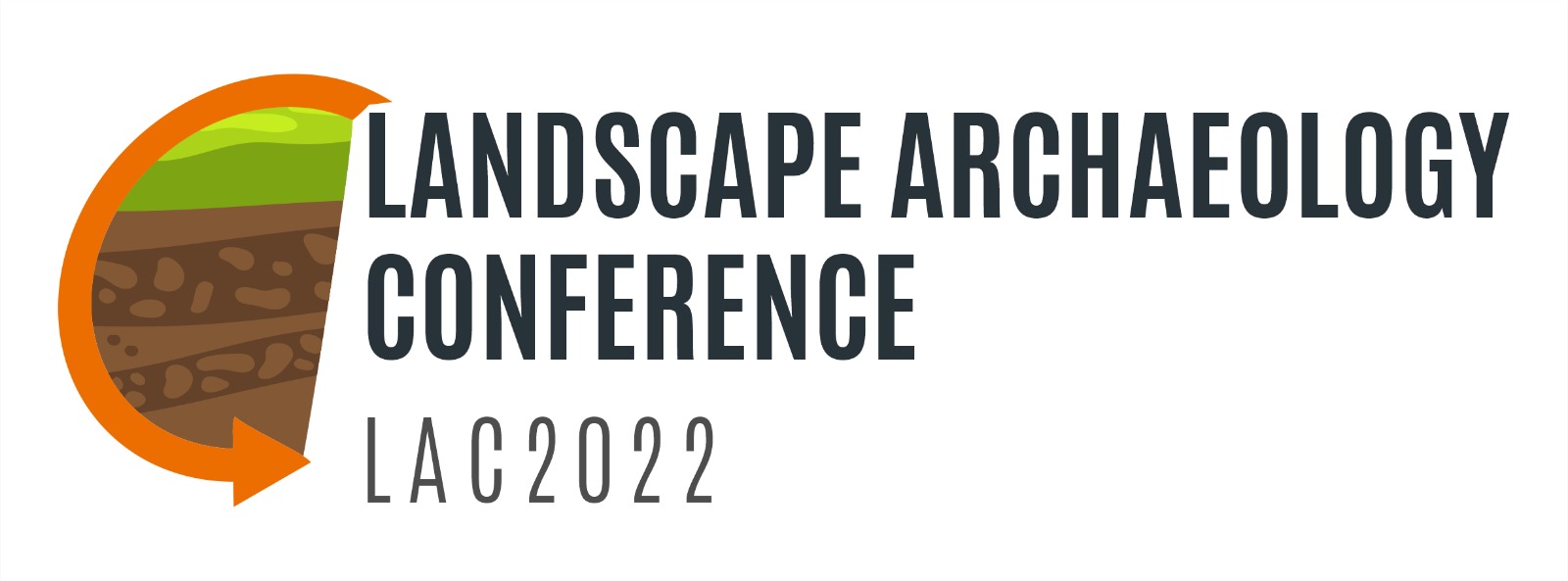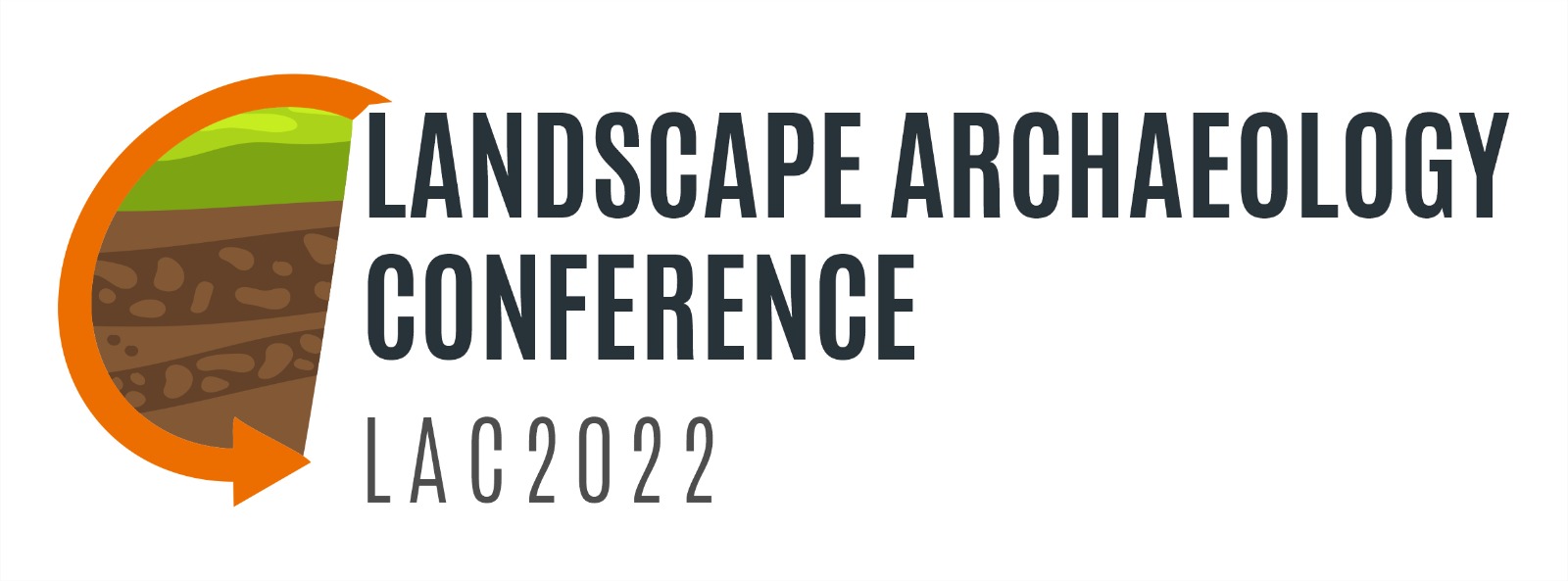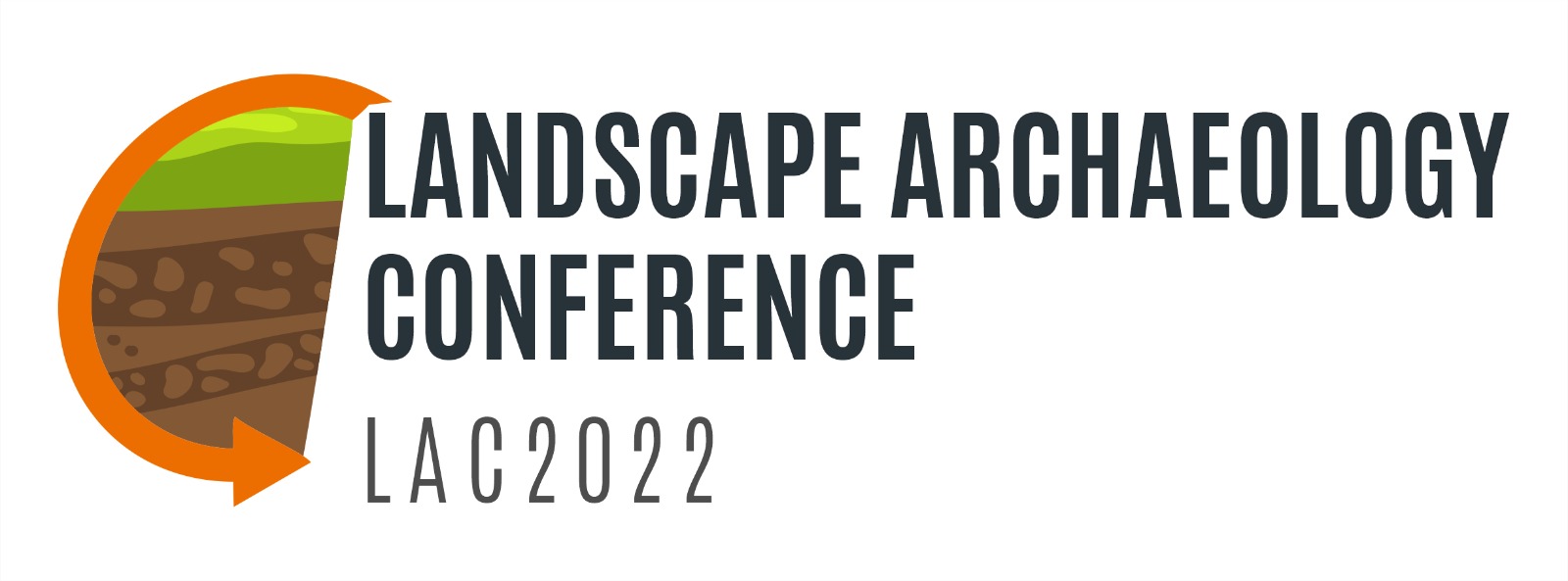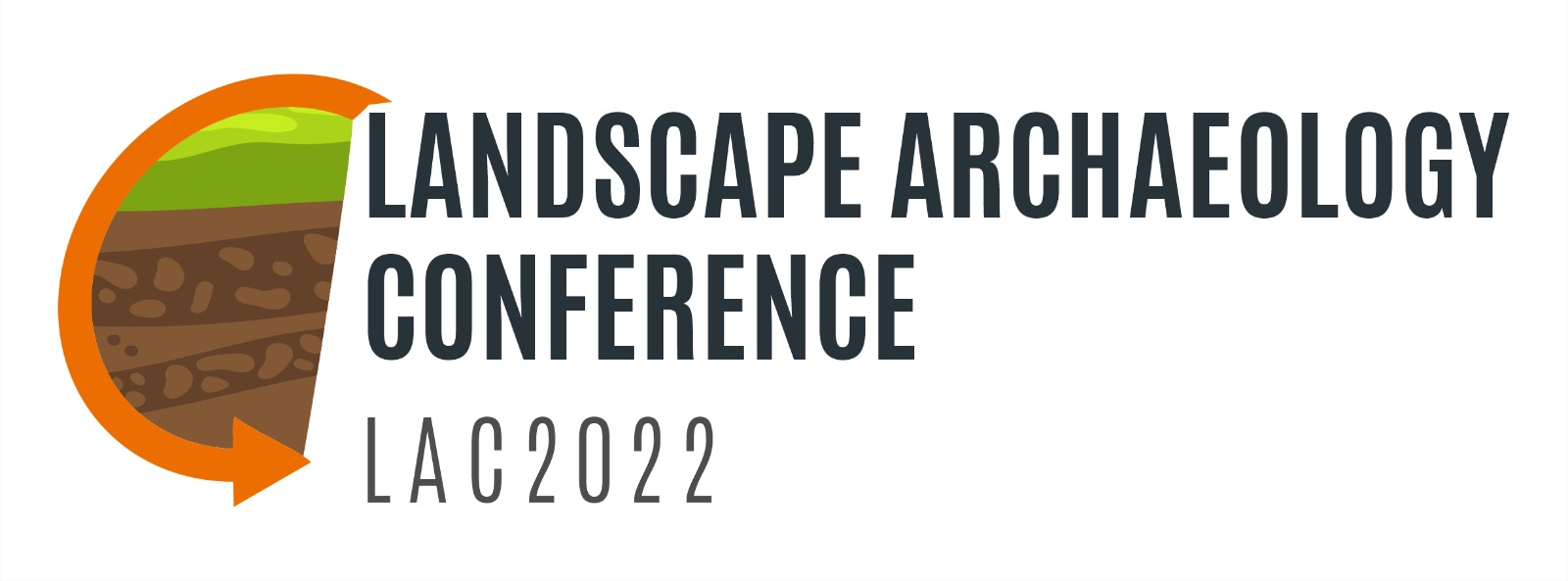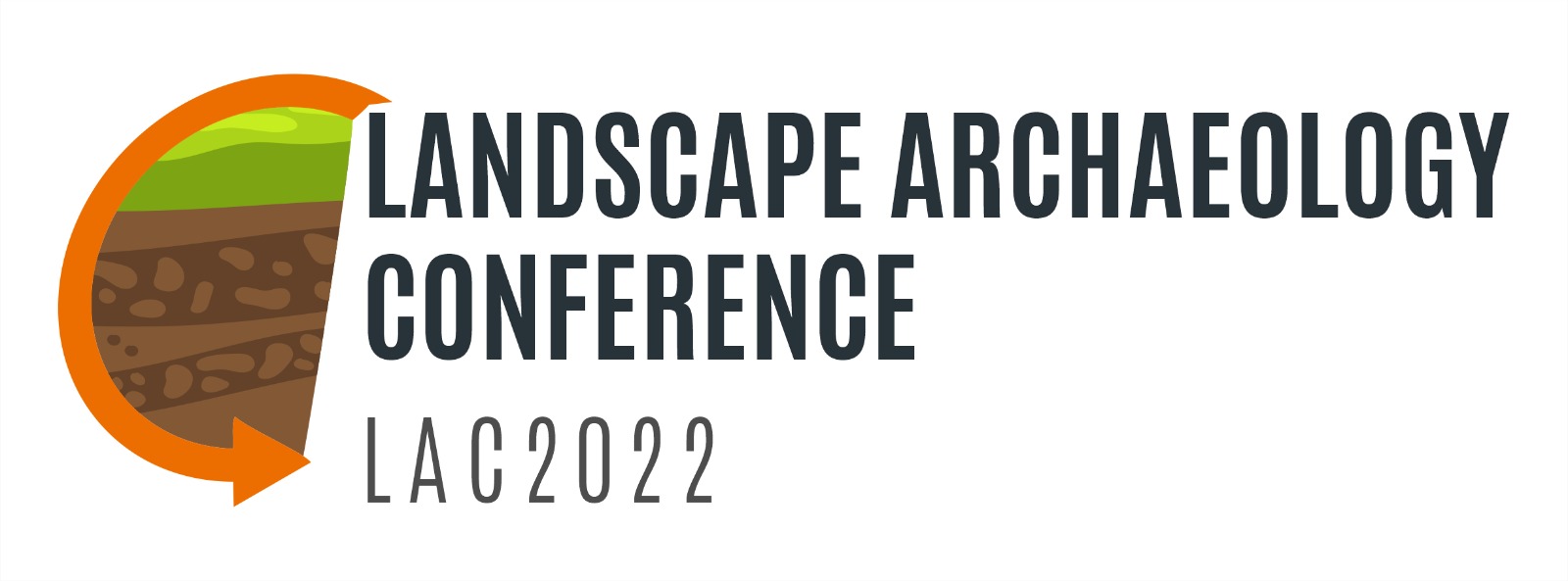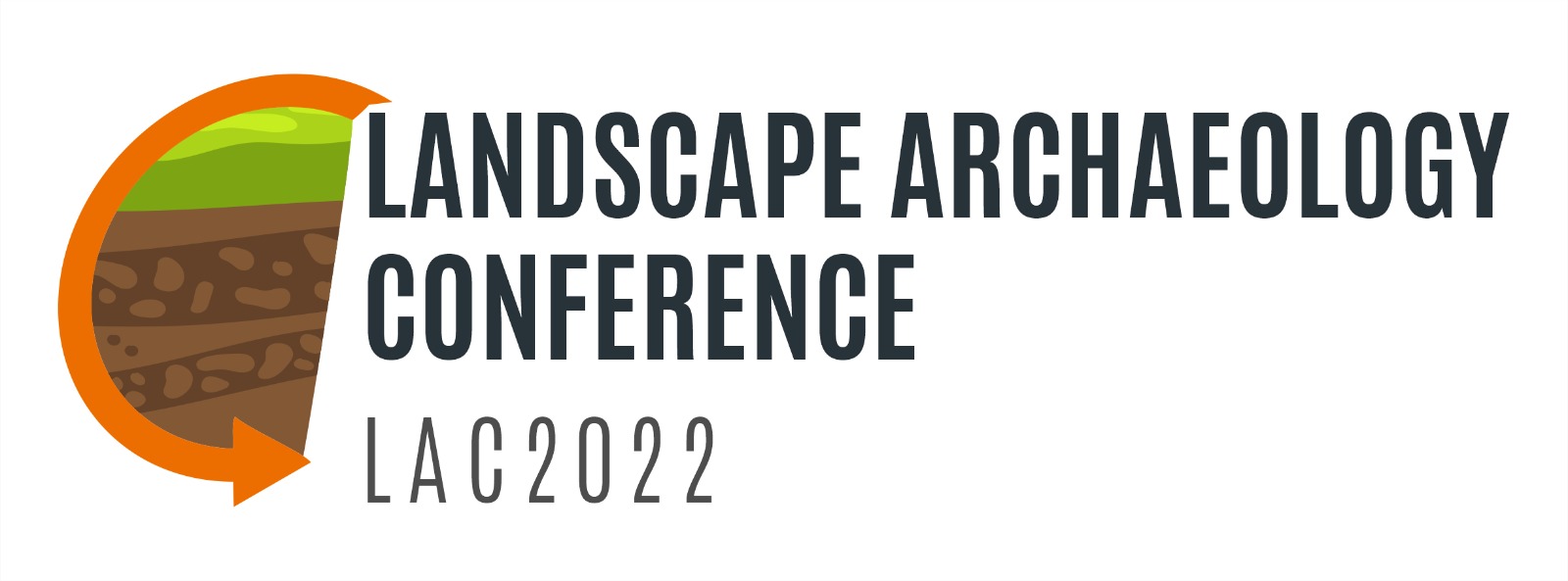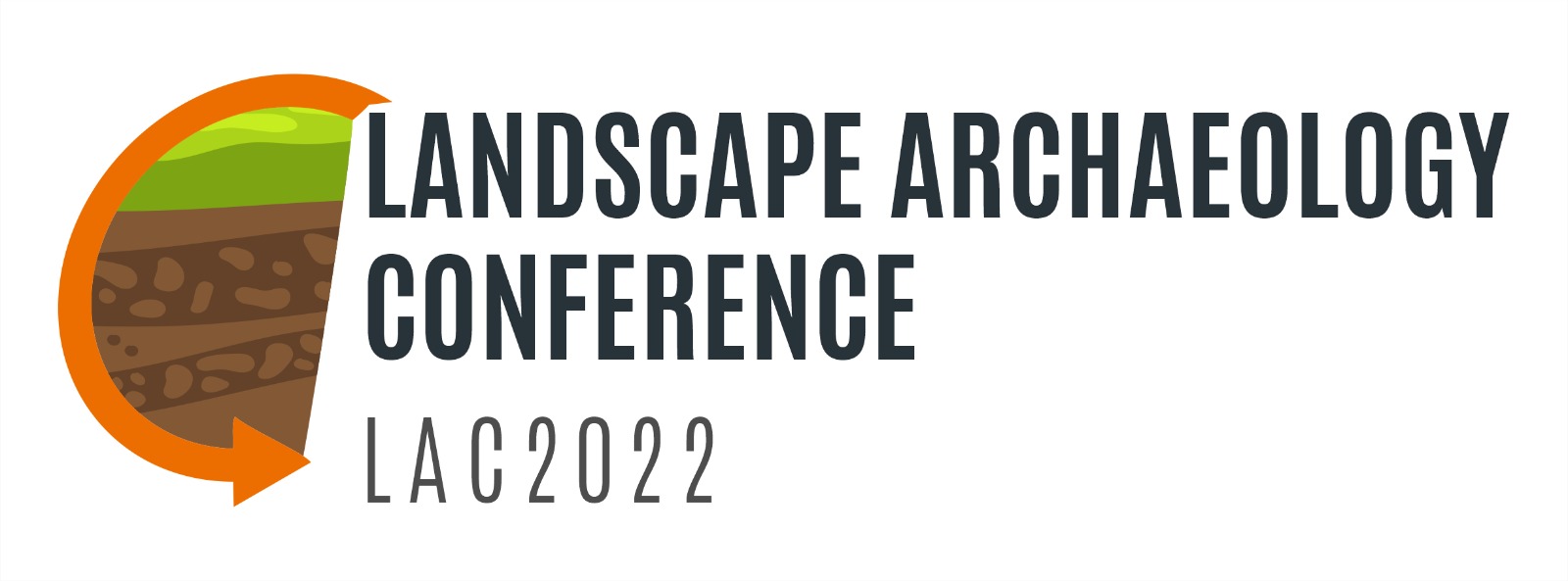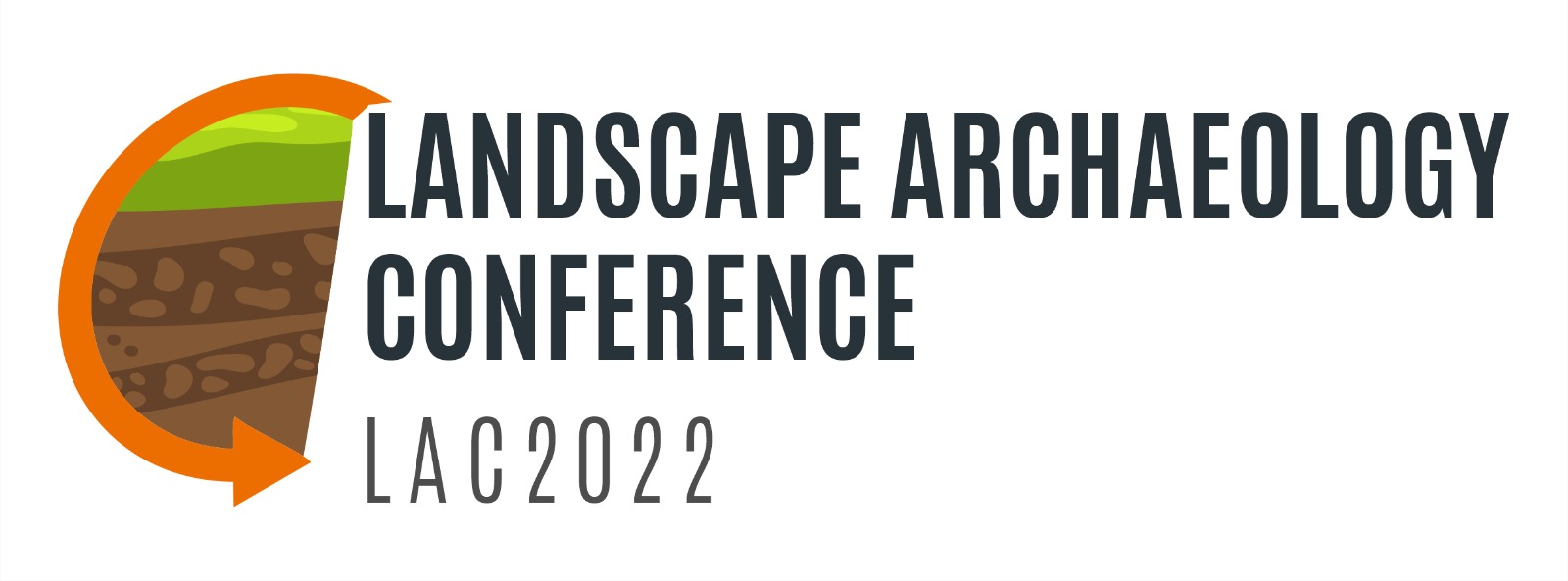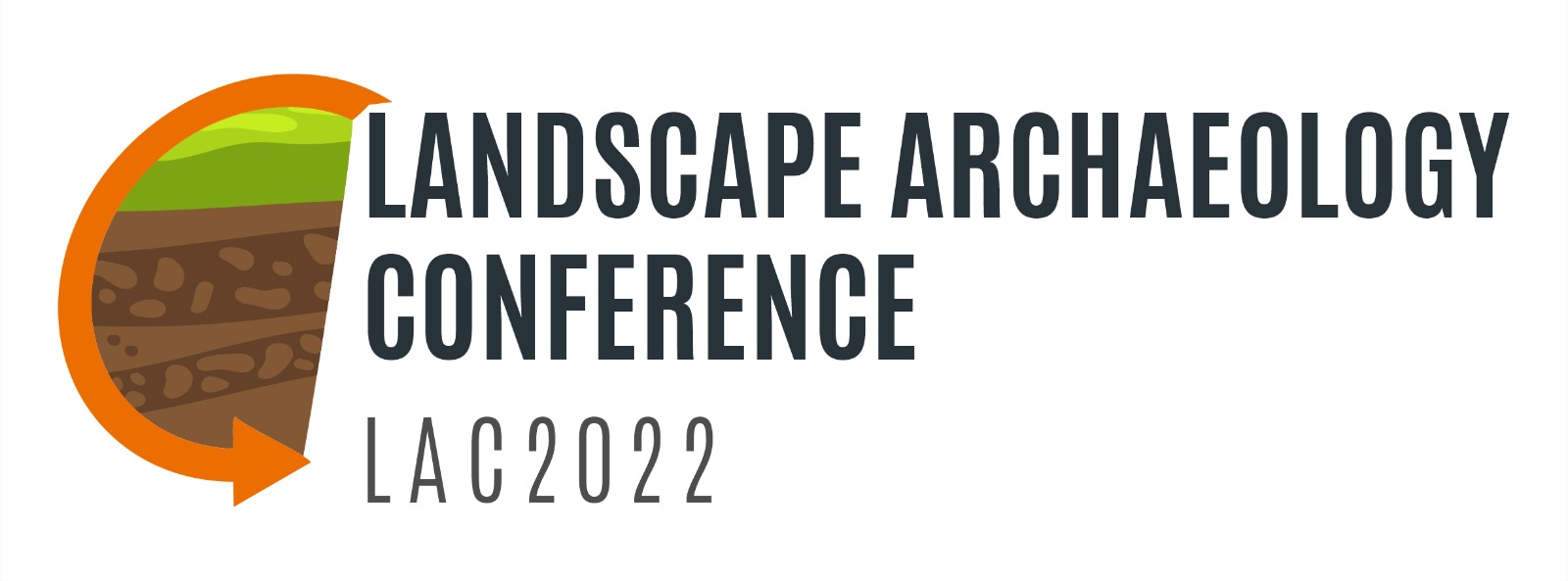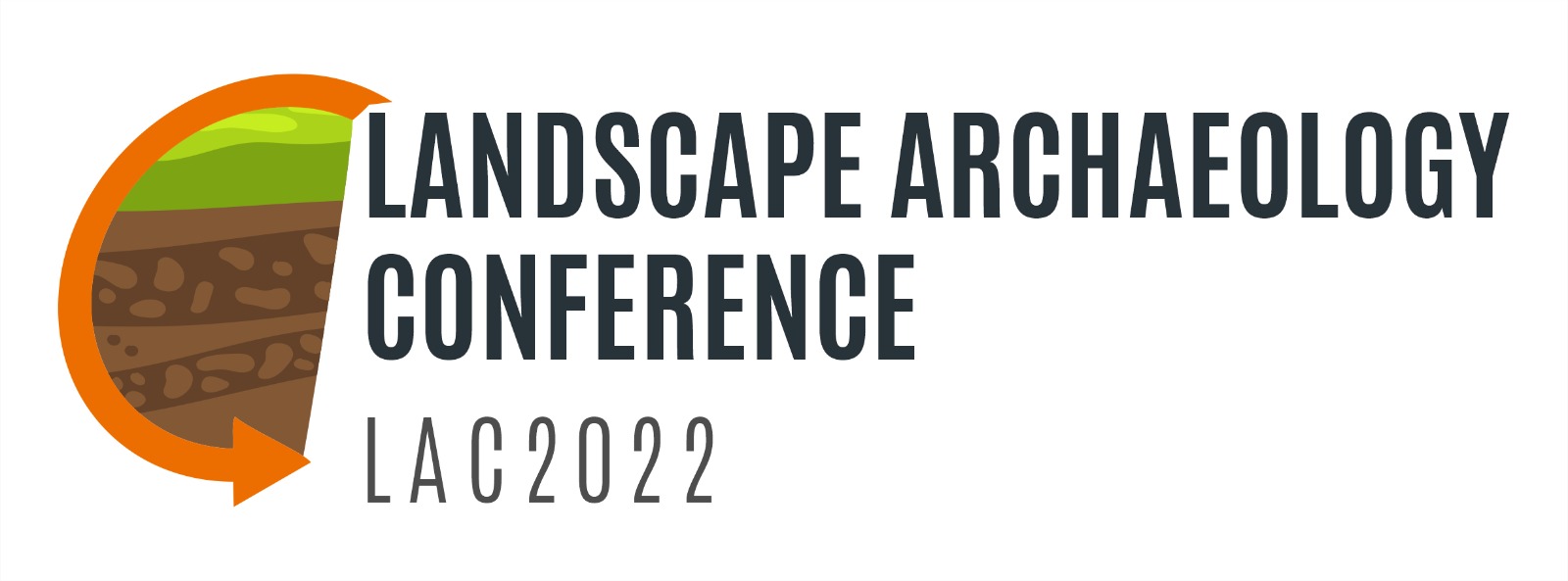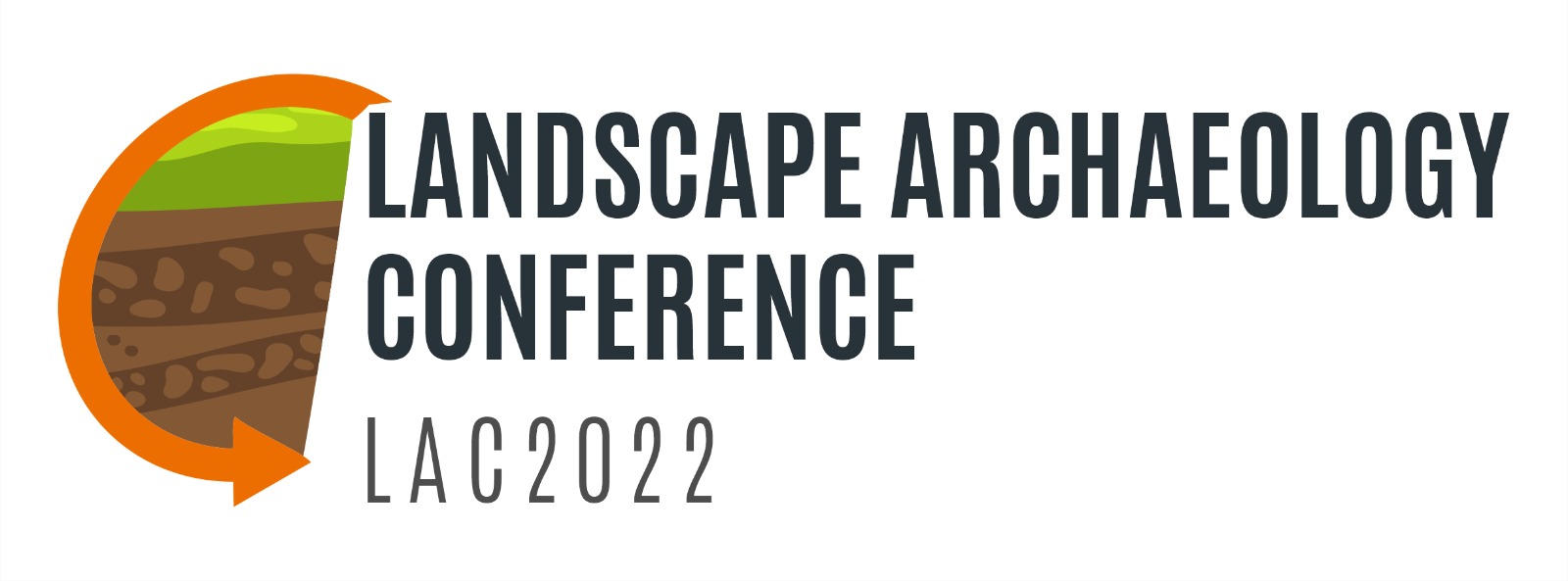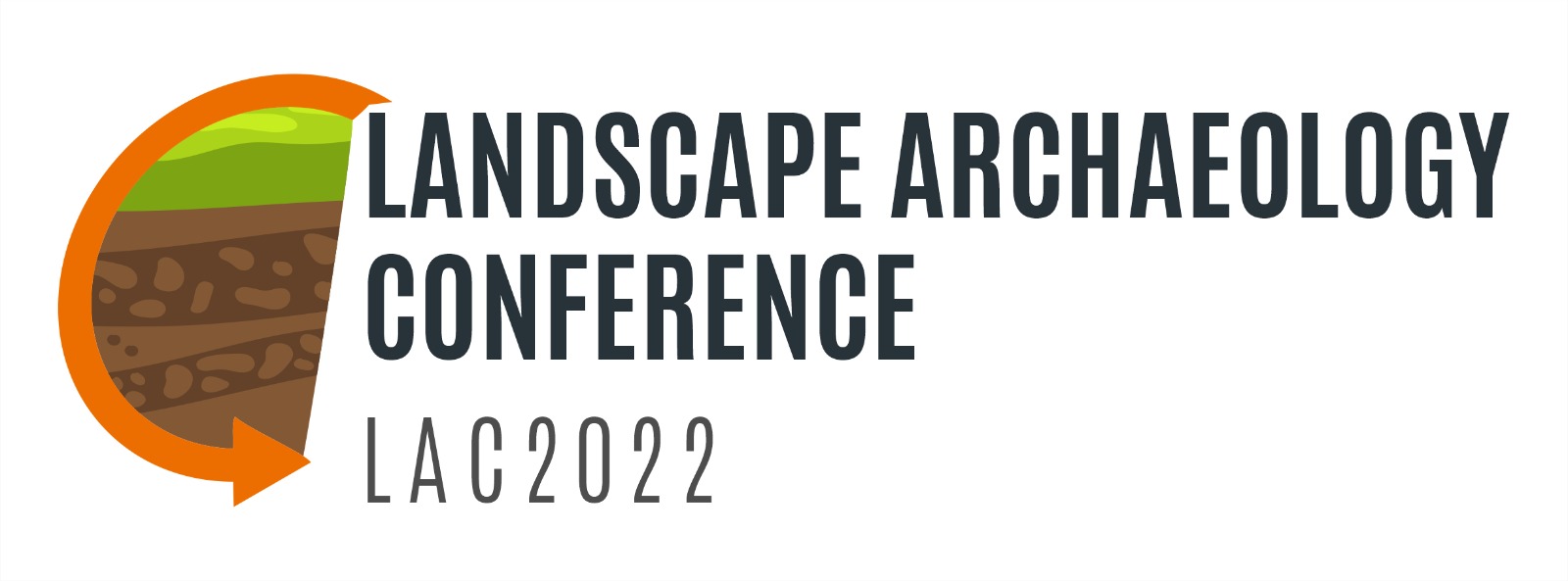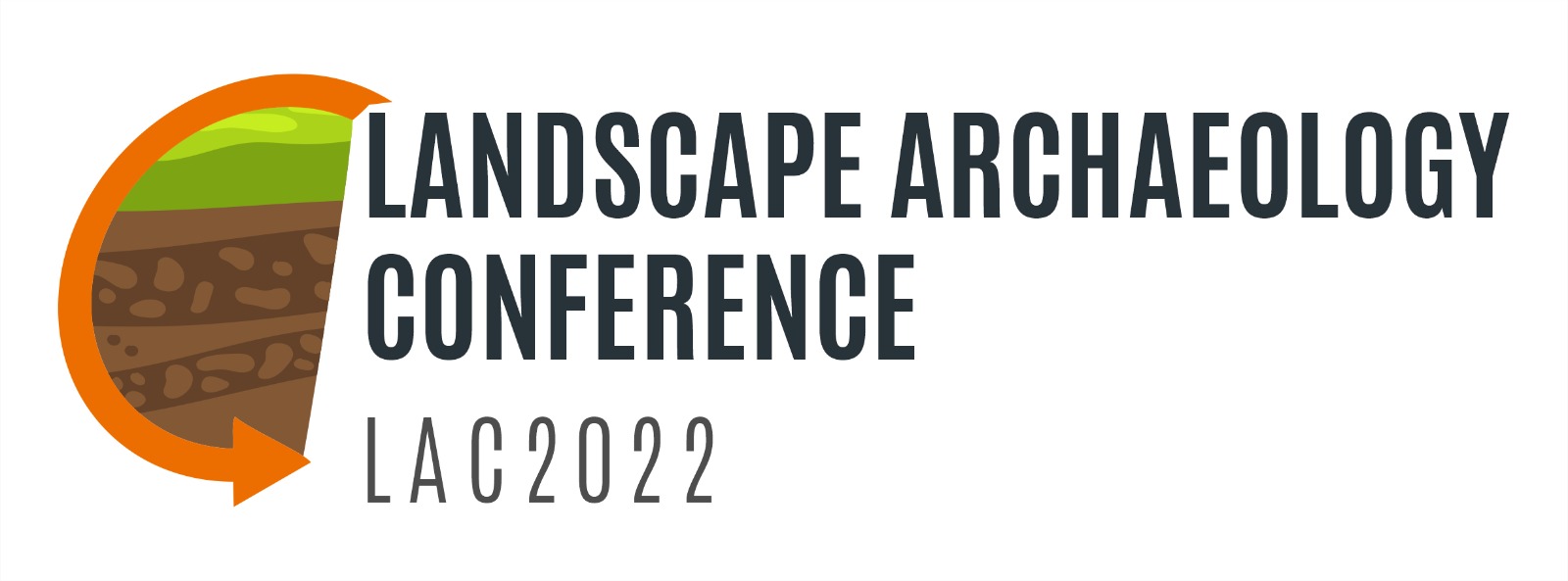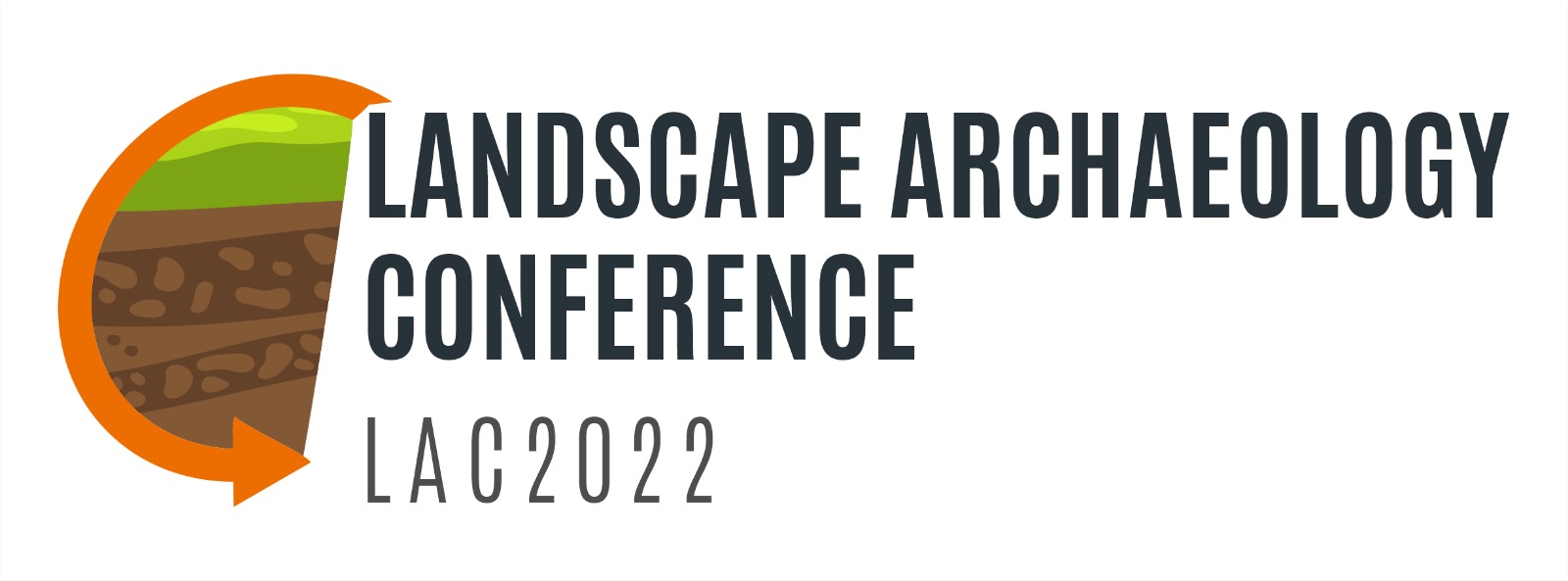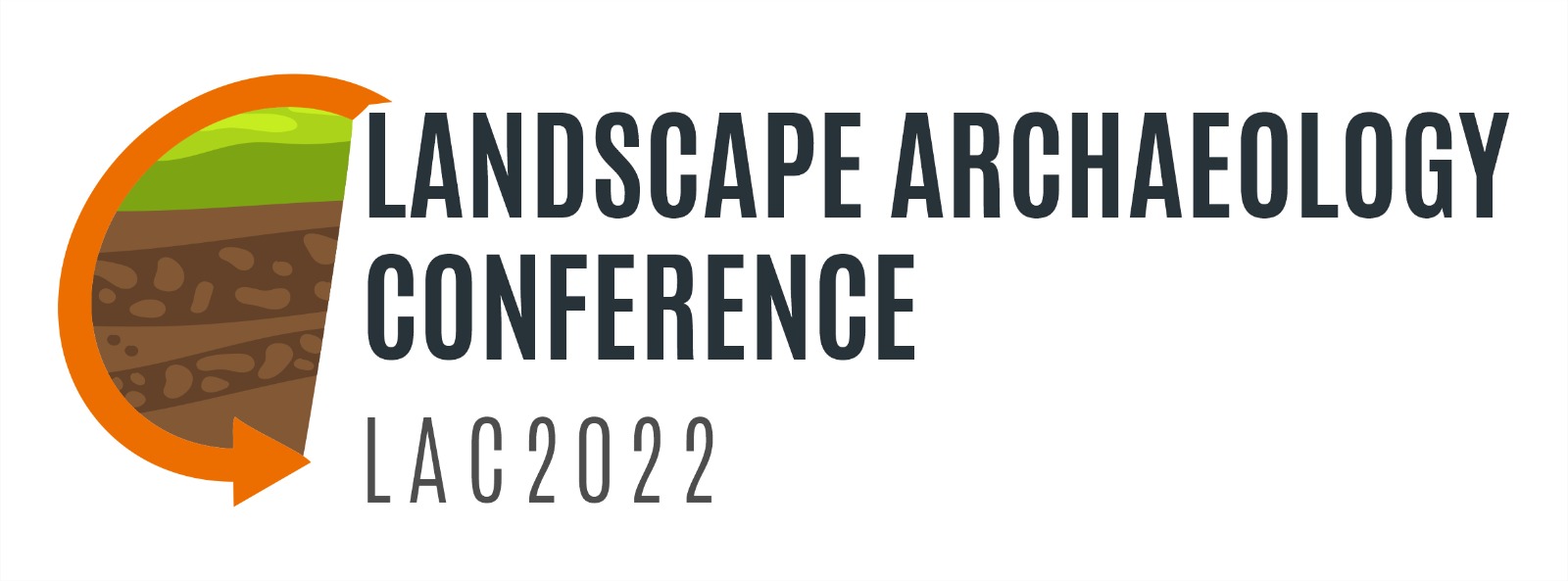The 7th edition of the Landscape Archaeology Conference is the first edition to take place in Eastern Europe. Around the word togetherness LAC2022 has gathered the six themes of the conference: Responsibility, Defragmentation, Integration, Sensitivity, Explanation, and Comprehension and Cooperation.
The main conference part of LAC2022 is held online with the Alexandru Ioan Cuza University of Iași as main organiser. The two onsite sections of LAC2022 are supported by the University of Suceava (Geography Department) and the GEOCONCEPT Association of Applied Geography. Both the online and onsite parts of LAC2022 are endorsed by the International Association of Landscape Archaeology (IALA).
For this 7th edition of the bi-annual LAC conference (IALA) we offer two interdisciplinary and multidisciplinary onsite sections focusing on Human-Earth interaction from the Quaternary to the Anthropocene and Perspectives through palaeoscience for future environmental sustainability in Europe.
Environmental data is demonstrating significant changes to contemporary climate systems globally and locally, affecting landscape system thresholds and altering the spatial pattern, intensity and magnitude of landscape processes. Whilst empirical evidence demonstrates that destabilized ecological systems can repair, the extent of human of landscape modification from infrastructure, modern farming and forestry exacerbate environmental problems leading to catastrophe for both the natural environment as well as the indigenous population. In this session we aim to make advances in the truly interdisciplinary fields contributing to the study of landscapes, and specifically anthropogenic landscape dynamics. In the Anthropocene human activities are leaving a significant signature on the Earth, by altering its morphology and ecosystems.
Paleoscience has advanced the understanding of present-day vegetation composition and structure, landscape dynamics, disturbance regimes and effects of climate change on the environment by unlocking information of their past variability from natural archives. Disentangling the complex interactions between climate, vegetation, humans and the environment over timescales ranging from decades to millennia is essential to establish adequate baselines to predict potential environmental threshold responses under future scenarios of climate variability and anthropogenic disturbance.
Published: 2024-04-19



